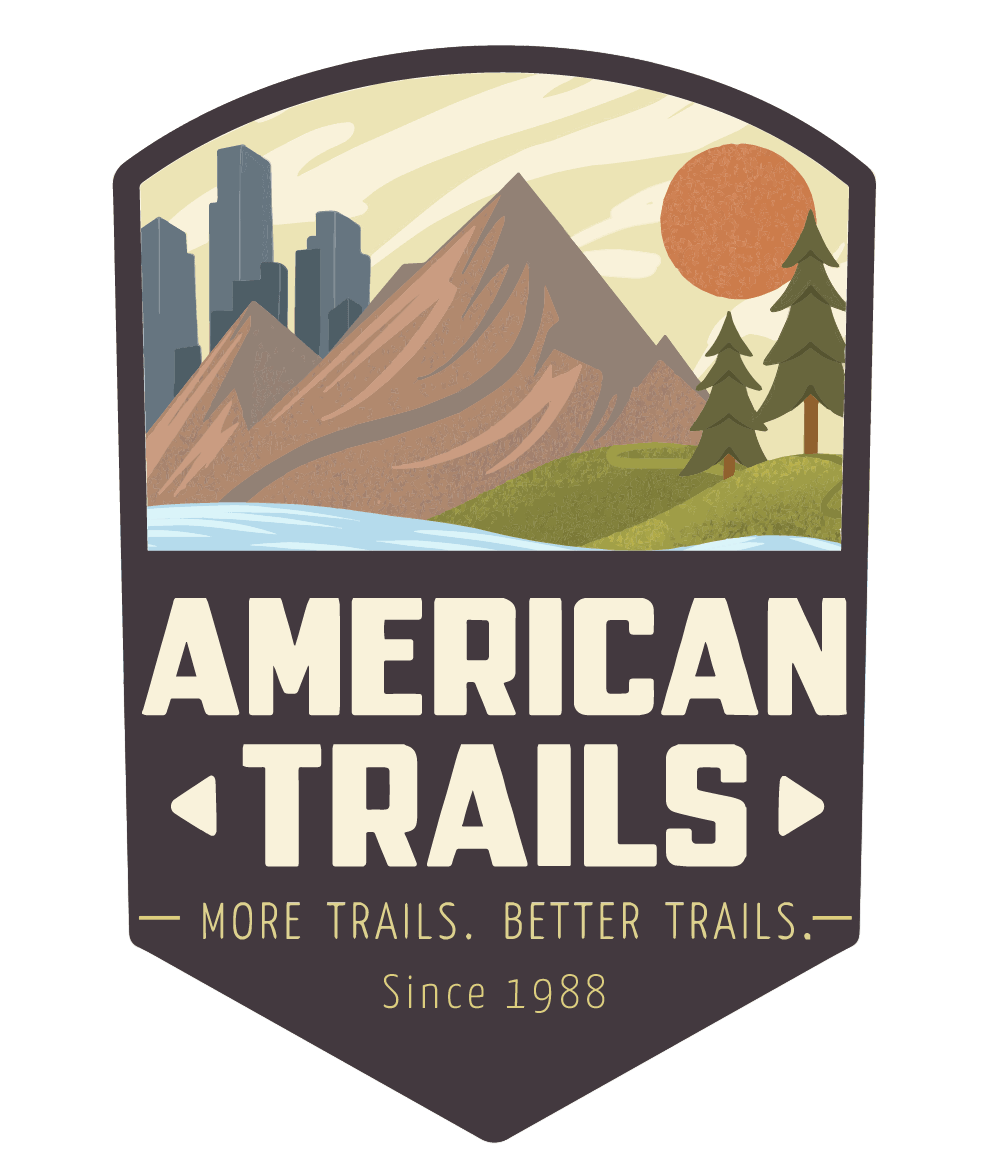




Evaluating Effectiveness of Visitor Use Management
by The Interagency Visitor Use Management Council
Visitor use management is fundamental for maximizing benefits for visitors while
protecting resources and high-quality visitor experiences on federally managed lands
and waters. Monitoring is an essential part of managing visitor use, as it provides
feedback for managers to evaluate the effectiveness of management actions in
achieving and maintaining desired conditions. Monitoring is the process of routinely
and systematically gathering information or making observations to assess the status
of specific resource conditions and visitor experiences.
This monitoring guidebook, in combination with the “Visitor Use Management
Framework,” is intended to (1) help managers select a focused set of indicators
and establish triggers, thresholds, and objectives that are relevant, cost effective, and tied to achieving and maintaining desired conditions; (2) develop a monitoring strategy to routinely and systematically collect data to assess any changes in conditions over time; and (3) use the data collected to assess whether
changes in management actions are needed. Indicators, triggers, thresholds, and
objectives should provide useful information to inform decisions about visitor use
management, and a monitoring strategy should be designed so that a consistent
effort to gather information can be sustained over time. As in the framework, the
sliding scale of analysis is discussed throughout this monitoring guidebook to ensure
the investment of time, money, and other resources for a project is commensurate
with the complexity of the project and the consequences of the decision. This
guidebook expands on the framework and is intended to be adaptable to
different agencies’ regulations and policies, as well as different project scales or
analysis areas.
Attached document published June 2019
2,165 views • posted 08/26/2021 • Id #404189